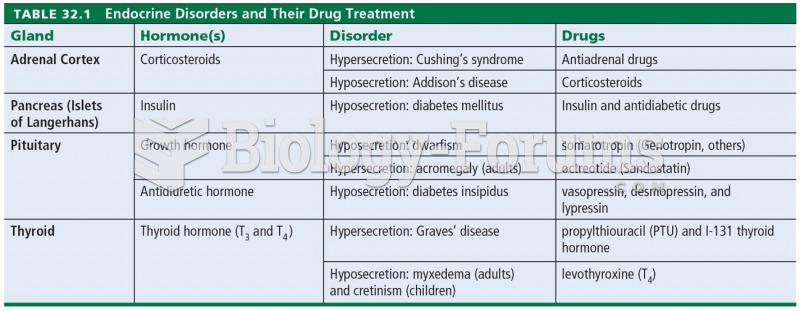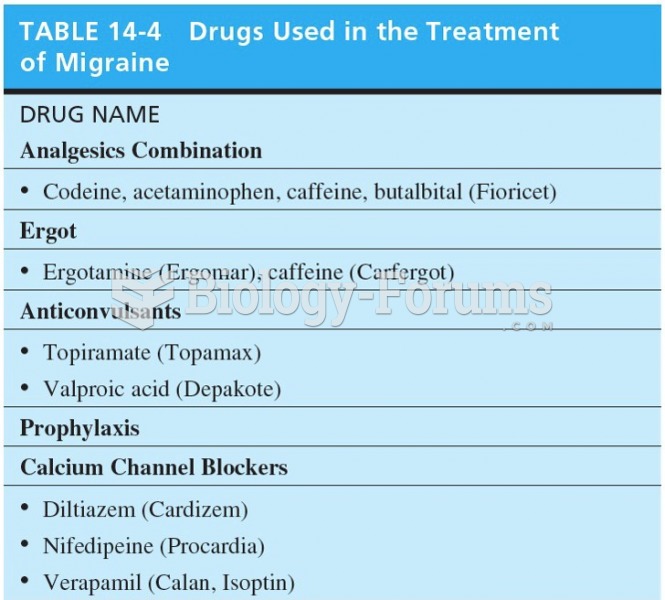|
|
|
Walt Disney helped combat malaria by making an animated film in 1943 called The Winged Scourge. This short film starred the seven dwarfs and taught children that mosquitos transmit malaria, which is a very bad disease. It advocated the killing of mosquitos to stop the disease.
The Romans did not use numerals to indicate fractions but instead used words to indicate parts of a whole.
More than 150,000 Americans killed by cardiovascular disease are younger than the age of 65 years.
Women are two-thirds more likely than men to develop irritable bowel syndrome. This may be attributable to hormonal changes related to their menstrual cycles.
More than 2,500 barbiturates have been synthesized. At the height of their popularity, about 50 were marketed for human use.







